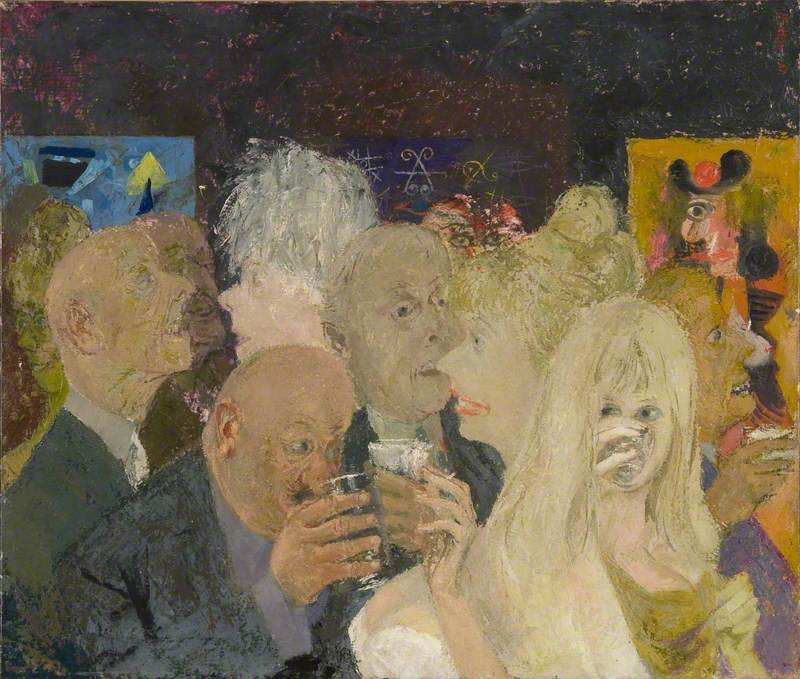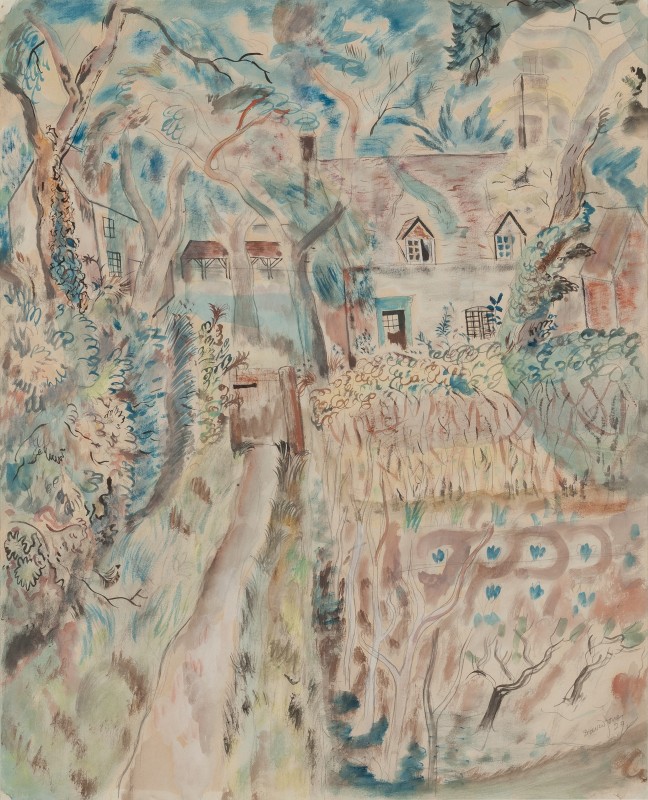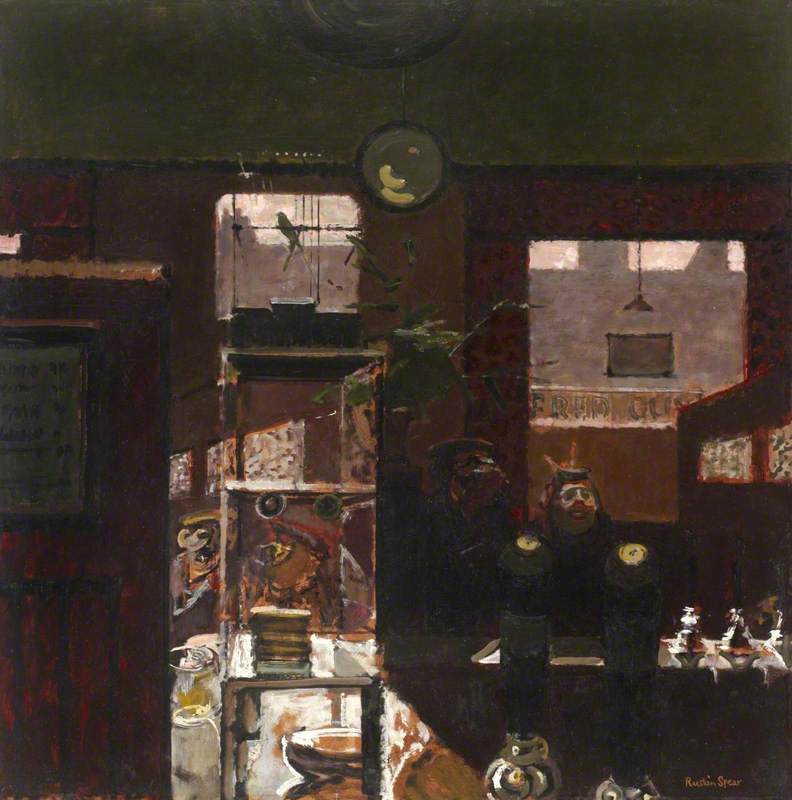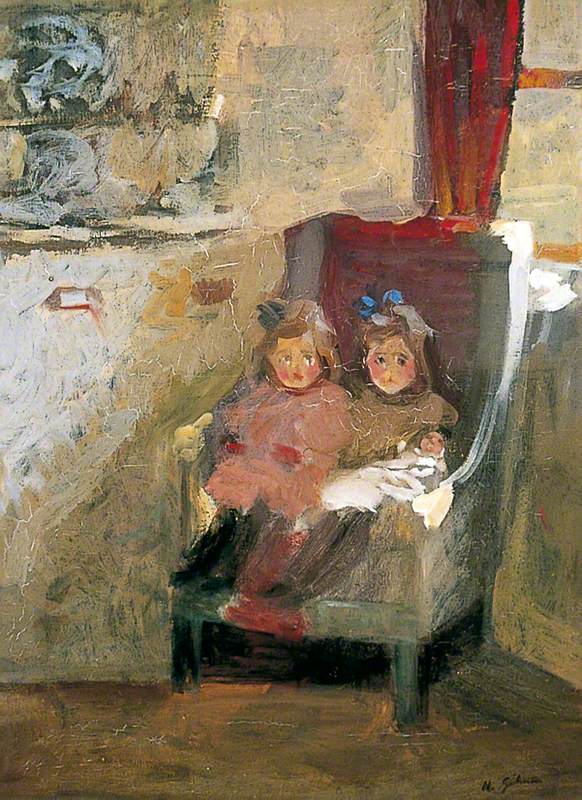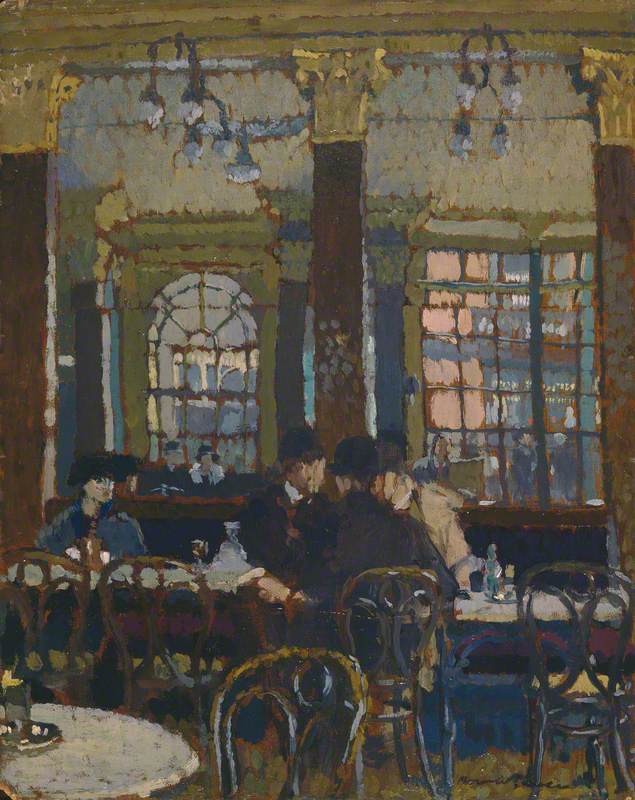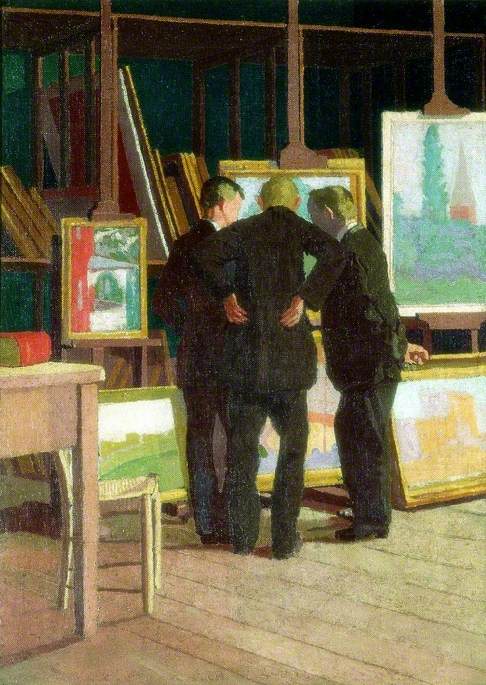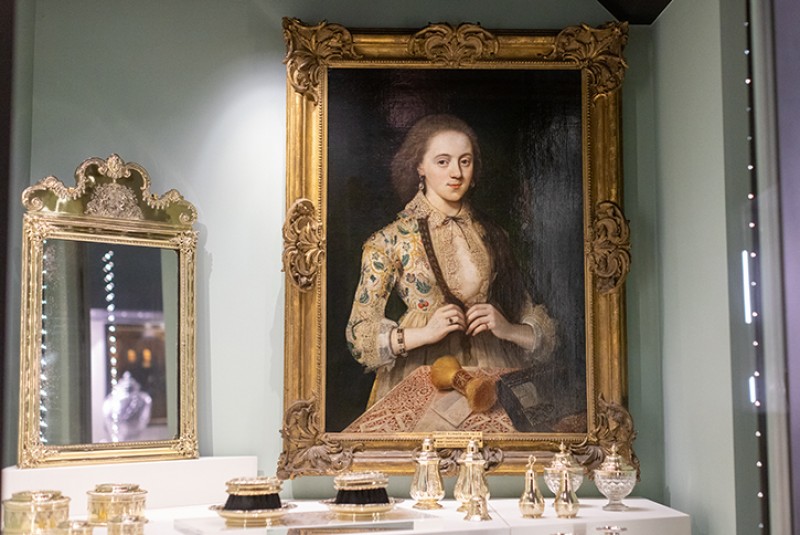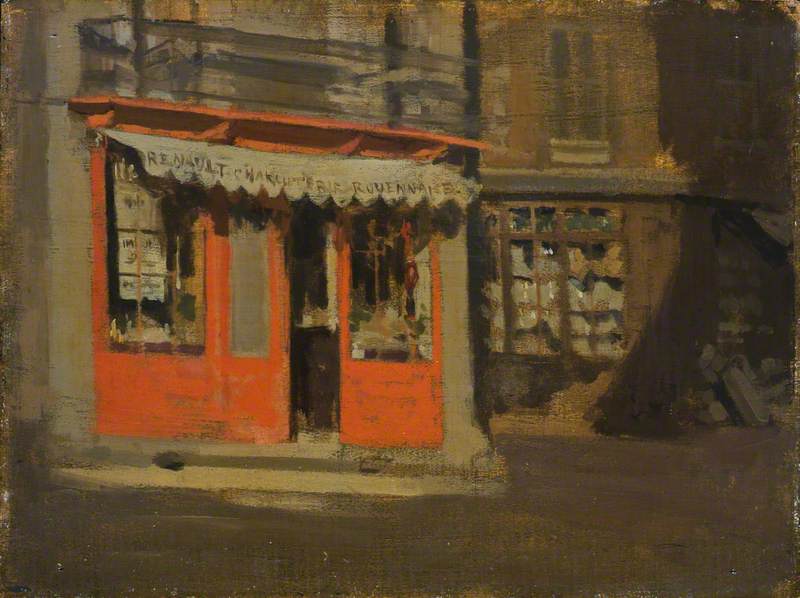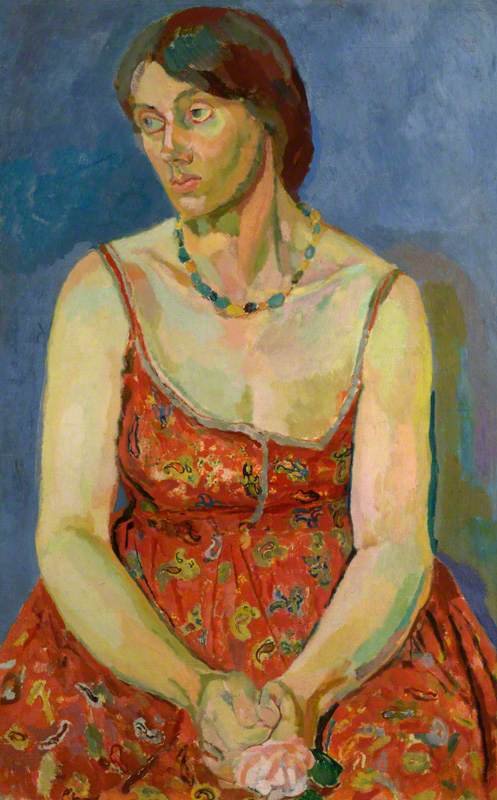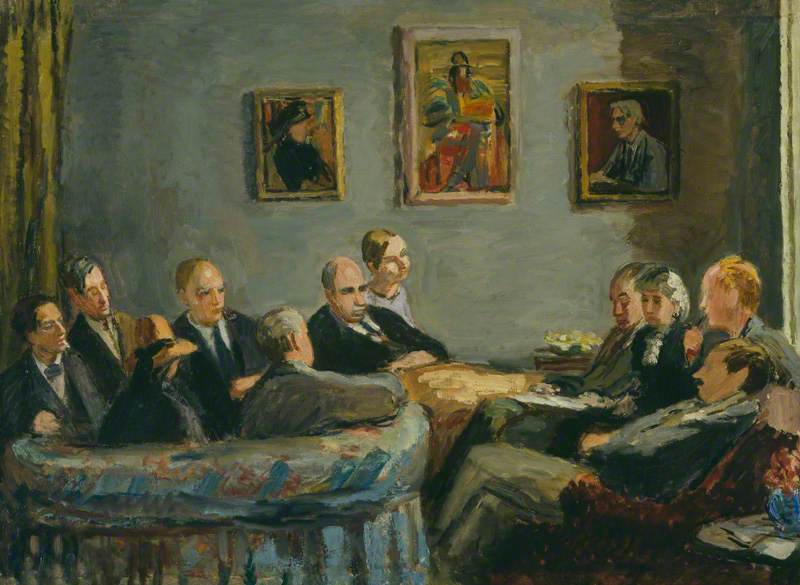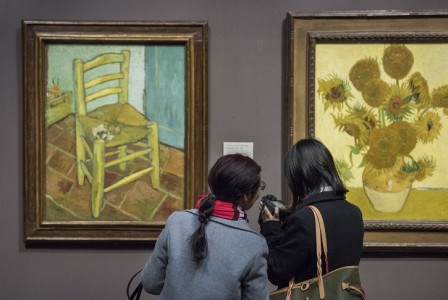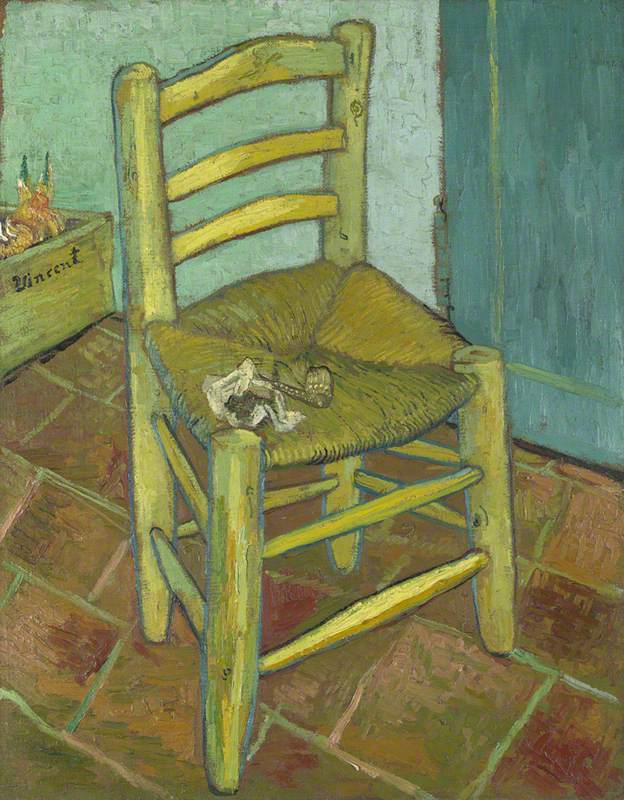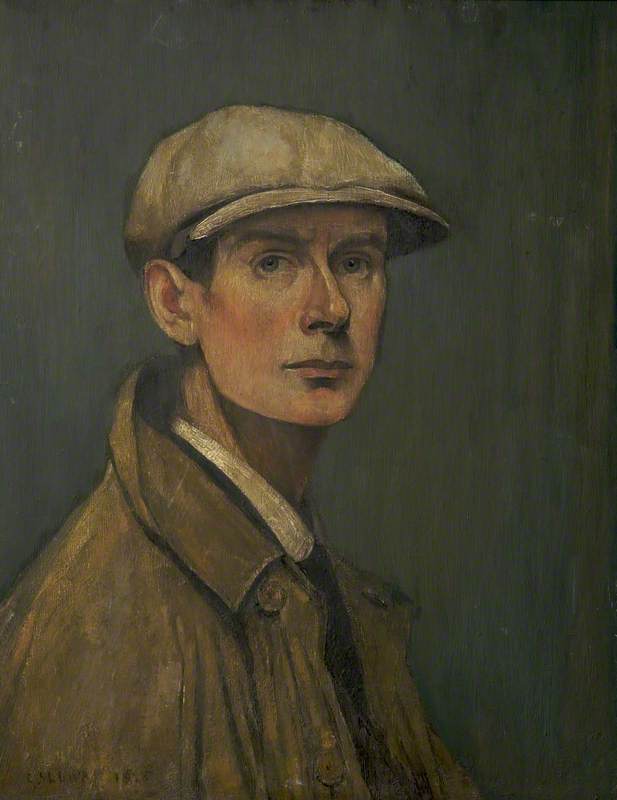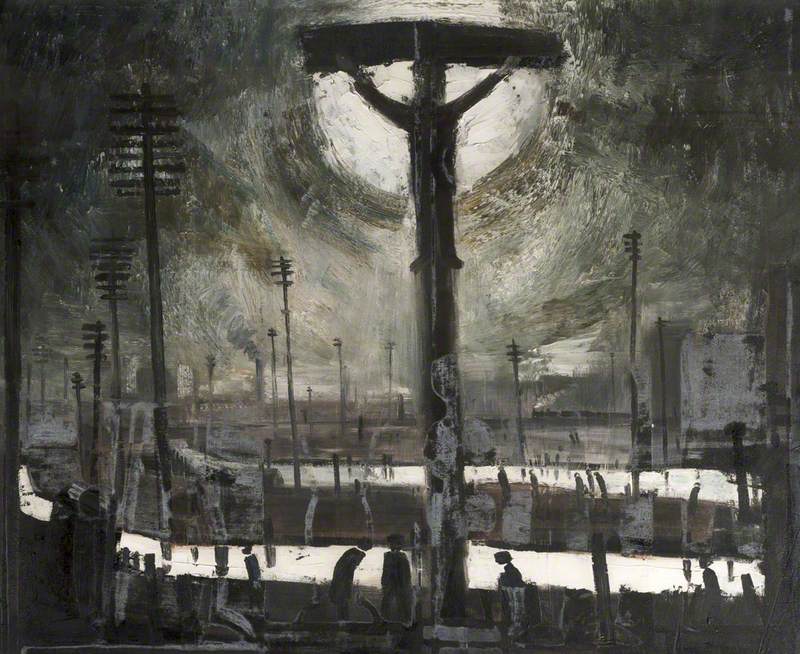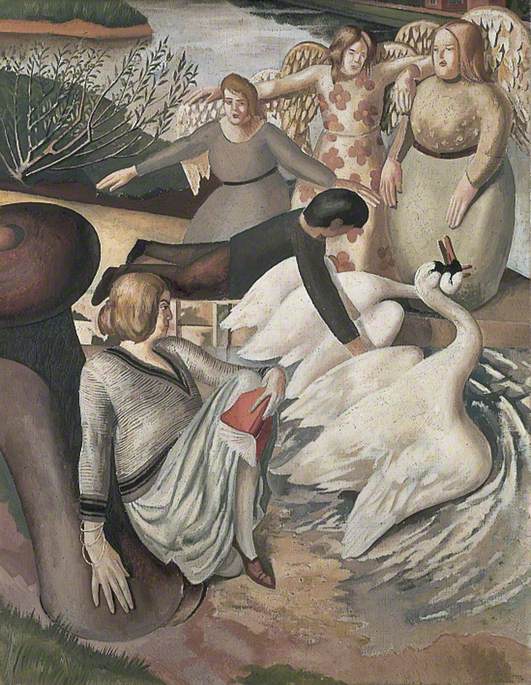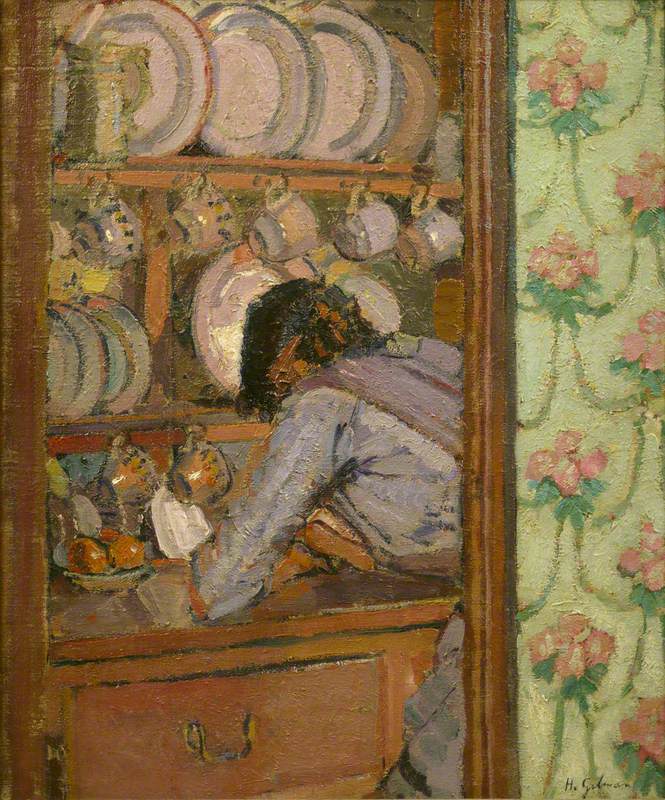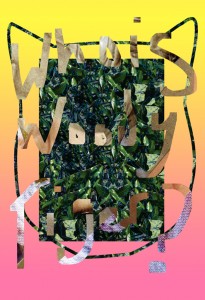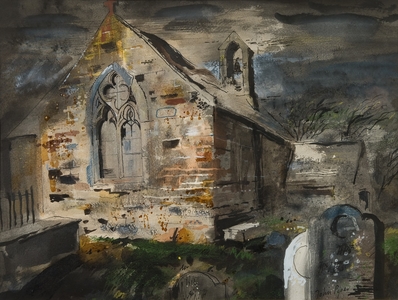The exhibition 'Coast, Country, City', currently on show at The Harley Gallery, Nottinghamshire was initially conceived in 2019 as the second in a series of exhibitions marking the collaboration between the gallery and the Jerwood Collection. Once the main parameters of the concept were in place, I was able to begin the process of selection, looking to find works that might shed some light on the very different aspects of the landscape of our country.
The exhibition 'Coast, Country, City' at The Harley Gallery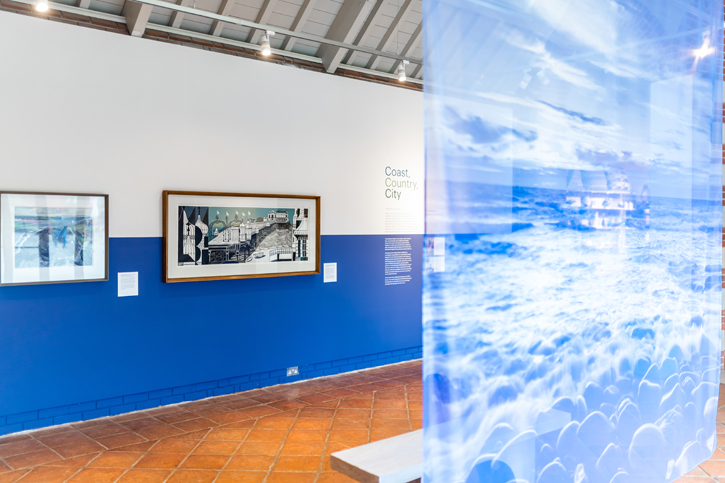
However, events in the early months of 2020 were to have a huge influence on the exhibition. Initially this was, of course, the result of the first period of lockdown. Galleries were closed and scheduling was going to be entirely reliant on when the situation would allow for reopening. As the pandemic unfolded, several further questions started to come to the surface which made me wonder if we would find that the way in which we saw and experienced an exhibition like this would change; would it alter how we interpreted the images and could we ever return to the 'old ways'?
The work which really brought these questions to life for me was James Fitton's 1967 painting, Private View. He offers us a wonderfully well-observed take on the crush of an art event, evoking the familiar hubbub of chat, drinks, clothes and gossip that is par for the course. Or had been. Would we ever find ourselves acting like this again, and if so, when? The exhibition was on hold anyway and until the way out of lockdown started to clarify, this painting seemed to offer an echo of a way of behaviour that was now very much under the microscope.
This led me to look at how other images in the show reflected ideas that related to the assumptions we have perhaps automatically made in the past but were now open to question. Edward Bawden's magnificent linocut of Brighton Pier marks the meeting point between land and sea in all its Victorian and Edwardian pomp and is for me a very clear indicator of how what we think of as 'seaside' and coast differ. Yet Bawden's pier is empty, exactly as so many seaside venues around the country were at the time despite the sunny weather and the approach of summer. Once restrictions were lifted enough to allow travel to the seaside, the papers were full of images that in usual times would show 'Britain at Play', but were now being held up as signs of the irresponsibility or foolhardiness of the people and the laxity of official guidance.
Looking through the paintings, drawings and prints I had selected for the exhibition, again and again I found that current events were casting a new or unfamiliar light on the interpretation of the images, reminding us of elements of our lives that had been thrown out of kilter by the circumstances.
David Jones' beautifully ethereal image of a garden, July Change, seemed to strike a chord with all the coverage one was seeing about the boom in lockdown gardening. The relationship between the British and gardens and what they represent for us, be that a small square of grass, a vegetable patch or a huge formal design, is well established, but the way in which they had become not only a refuge but also a buffer, separating those who were fortunate enough to have outside spaces of their own from their fellows and neighbours, seemed rather telling. Jones was a very sensitive character, marked by his experiences during the First World War, and often his countryside images, as here, evoke a feeling of calm but also of escape. In 2020, gardens were certainly providing that.
Closed away in our homes, the news coverage of the time was full of how the pandemic was affecting businesses. Amongst those which suffered greatly were the hospitality businesses – the hotels, pubs, bars, restaurants, cafés and others which rely on our being able to go out.
Ruskin Spear's Public Bar had originally been chosen as a painting which I felt highlighted how the British pub is an institution we supposedly cherish – but the idea of the pub and the reality of it are often very different. Spear's dark old-fashioned 'local', painted here in the mid-1950s and almost certainly one of those near his home in Hammersmith, has become a rare sight in recent years as tastes and drinking habits have changed and our idea of socialising and a night out has evolved. Pubs have had to adapt and even before 2020 brought the enforced closures it was not unusual to see former licenced premises standing empty.
The Queen Vic and The Rover's Return are just two examples of the fictional pub that is the hub of a community, but does this still exist in the way we like to imagine? The transition during lockdown of some pubs into takeaway sources for food, local produce, drinks and other services was a taster of how such businesses might redefine what they do, but would Spear still recognise his local? Is it even still there?
The church is another institution where the reality and the idea differ widely. Congregations are now often small, finances tight and many churches have closed, yet the idea of the church as a lynchpin of a local community is still alive, be it true or not.
To an artist like John Piper, the country churches of Britain were a delight and he visited and painted many during his long career. His ability to meld a modernist sensibility with a deep understanding of the atmosphere of such places made his images of churches hugely popular. One can almost feel that if we opened the door in a Piper painting, we would experience that particular hush, the slight stony cold, the rustle of dry pages and hangings that are so familiar. The perceived unchanging aspect of a country church has perhaps been at the root of this, yet during much of 2020, places of worship were closed. Even in the darkest days of the Second World War, the churches had remained open and thus for buildings that had functioned continually for centuries, suddenly things were very different.
Whilst the thoughts that these difficult times brought to the surface for me will not be the same for everyone, I hope that they might have inspired you to look afresh at the works in this exhibition and perhaps in part consider what and how we see when we look at art.
James Rawlin, curator and art historian
The exhibition 'Coast, Country, City' is the second exhibition in the Jerwood Collection's year-long residency at The Harley Gallery. It runs until 7th November 2021
